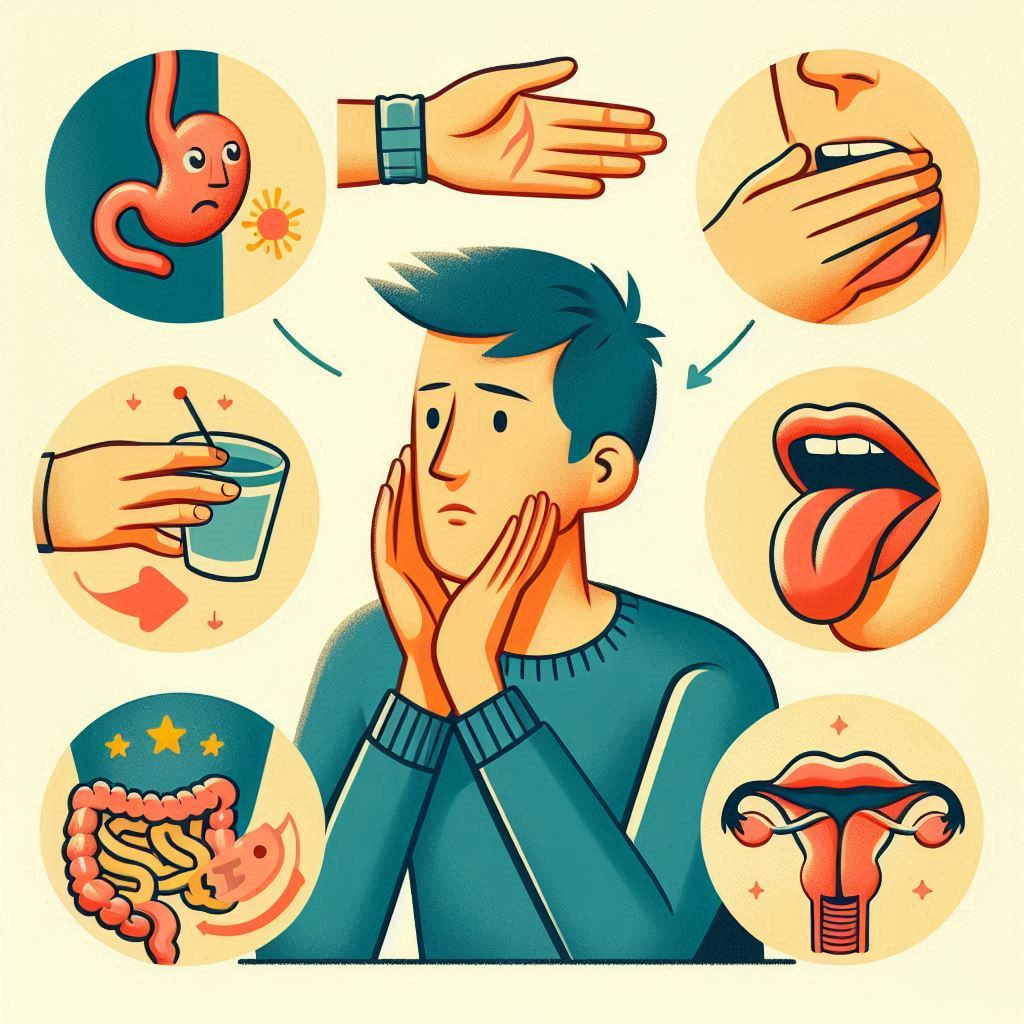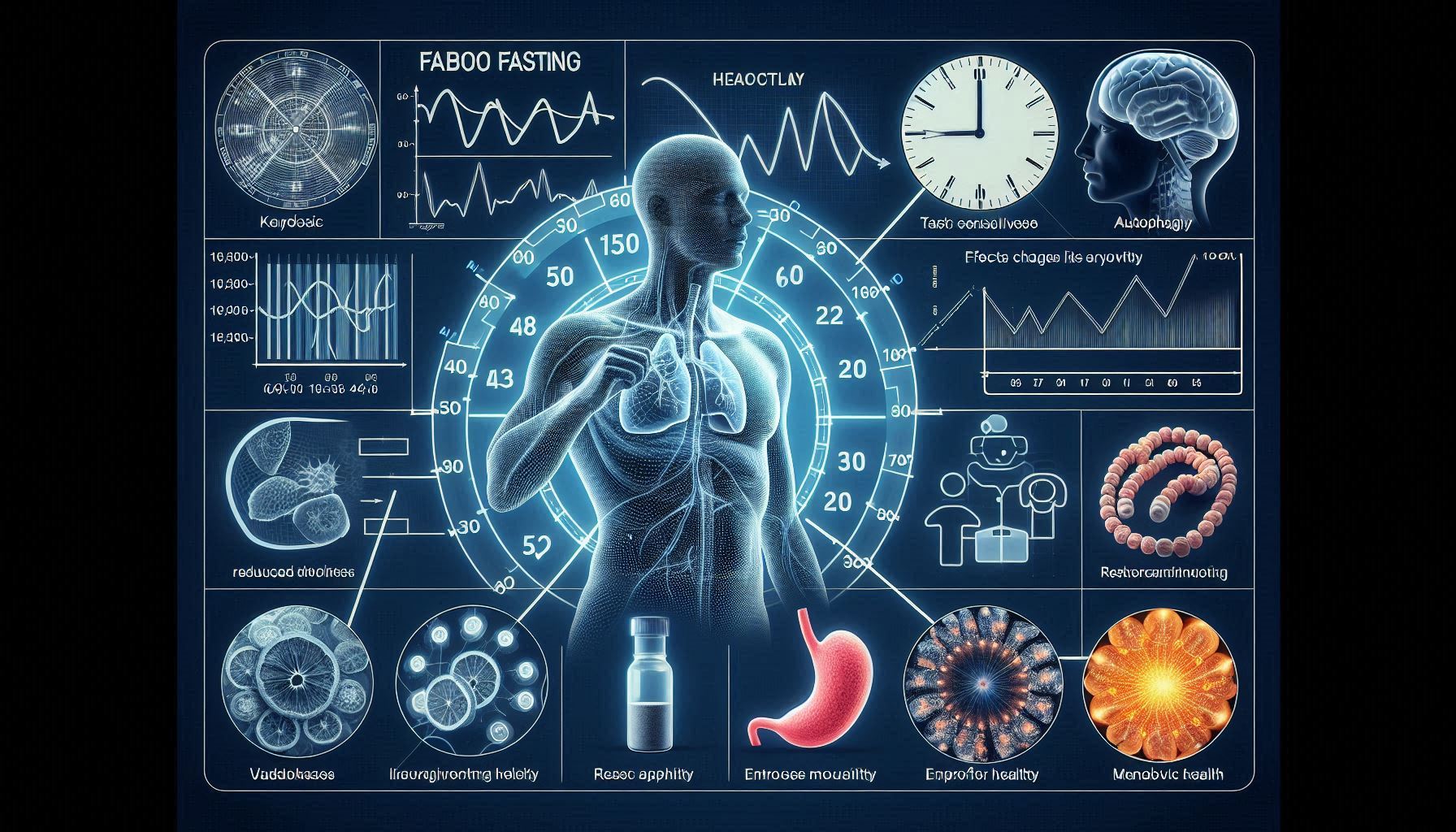A bright, white smile is frequently linked to beauty, youth, and self-confidence, leading to the rising popularity of teeth whitening. With various options available, individuals can opt for professional treatments performed by dentists or explore numerous at-home whitening products. Each approach presents distinct advantages and disadvantages, making it crucial to understand the differences to select the best path toward achieving that ideal smile. Professional whitening treatments, typically conducted in dental offices, provide immediate and noticeable results through the use of higher concentrations of bleaching agents. These procedures are tailored to individual needs and are supervised by dental professionals, ensuring safety and effectiveness.
In contrast, at-home whitening products offer convenience and affordability, appealing to those who prefer to whiten their teeth at their own pace. However, these options often yield more gradual results and may vary in effectiveness based on the product used. Ultimately, the choice between professional and at-home whitening methods depends on individual preferences, desired outcomes, budget, and oral health considerations. Understanding both options can empower individuals to make informed decisions on their journey to a brighter, more confident smile.
Understanding Teeth Discoloration
Causes of Discoloration
Teeth can become discolored due to various factors, which can be categorized into intrinsic and extrinsic causes.
- Intrinsic Factors:
- Genetics: Just as hair and eye color are inherited, tooth color can be influenced by genetics. Some people naturally have whiter teeth, while others may have a more yellowish tint.
- Aging: As we age, enamel wears down, revealing more of the yellow dentin underneath. This natural process leads to a darker appearance over time.
- Medications: Certain medications, particularly antibiotics like tetracycline, can cause discoloration in teeth, especially when taken during childhood.
- Extrinsic Factors:
- Diet: Consuming foods and beverages that stain teeth, such as coffee, tea, red wine, berries, and sauces, can lead to extrinsic staining. These stains affect the enamel, creating a yellowish or brownish appearance.
- Tobacco Use: Smoking or chewing tobacco is one of the most common causes of extrinsic stains, leading to yellowing and browning of teeth.
- Poor Oral Hygiene: Inadequate dental care can result in plaque buildup, which can harden into tartar and cause discoloration.
Types of Teeth Discoloration
- Extrinsic Stains: These are surface stains on the enamel caused by external factors. They can typically be removed through professional cleanings or at-home whitening methods.
- Intrinsic Stains: These stains occur below the enamel, affecting the dentin. They are usually more challenging to treat and may require professional intervention for effective removal.
Professional Teeth Whitening
Overview of Professional Treatments
Professional teeth whitening is conducted by dental professionals and typically offers more immediate and dramatic results compared to at-home options. Common methods include:
- In-Office Whitening:
- Procedure: This involves applying a high-concentration bleaching agent to the teeth, often activated by a special light or laser to enhance the whitening effect.
- Timeframe: Most in-office treatments take about an hour and can lighten teeth by several shades in just one visit.
- Custom Take-Home Kits:
- Procedure: Dentists provide patients with custom-fitted trays and a professional-grade whitening gel. Patients wear these trays at home for a specified period.
- Timeframe: Results usually appear within a few weeks, as the treatment is less concentrated than in-office options.
Effectiveness
- Immediate Results: In-office whitening can produce noticeable results in one session, making it an appealing option for those with special occasions or events.
- Customized Approach: Dentists can tailor the treatment to the individual’s needs, ensuring optimal results based on the specific type of discoloration.
- Long-Lasting Effects: Professional treatments often provide longer-lasting results compared to at-home methods due to the higher concentration of bleaching agents used.
Safety
- Professional Supervision: Treatments are performed by trained dental professionals who can monitor for adverse reactions, ensuring safety throughout the process.
- Protective Measures: Dentists take precautions to protect gums and soft tissues during the procedure, minimizing the risk of irritation or damage.
- Personalized Recommendations: Before treatment, a dental examination allows professionals to recommend the best whitening method based on the patient’s oral health and discoloration type.
Cost
- Investment: Professional whitening treatments can range from $300 to $1,000, depending on the method and location. The cost may seem high, but the results can justify the expense.
- Insurance Coverage: Most dental insurance plans do not cover cosmetic procedures like teeth whitening, so patients should plan accordingly.
- Long-Term Value: While the initial investment is significant, the longevity of professional results may make it a cost-effective option in the long run.
Convenience
- Time-Efficient: In-office treatments are completed in a single appointment, appealing to individuals with busy schedules.
- Custom Home Kits: For those who prefer whitening at home, custom kits provide a balance between professional quality and convenience, allowing for flexible scheduling.
At-Home Teeth Whitening
Overview of At-Home Products
At-home whitening options are accessible, convenient, and vary in methods and effectiveness. Common products include:
- Whitening Strips: These are thin plastic strips coated with a hydrogen peroxide or carbamide peroxide whitening gel. They are applied directly to the teeth for a specified duration.
- Whitening Toothpaste: Formulated with mild abrasives and chemical agents, these toothpastes help remove surface stains. However, they do not provide the same level of whitening as other methods.
- Tray-Based Systems: These can be either pre-filled or customizable trays that hold whitening gel against the teeth. They are generally more effective than strips but may take longer to show results.
Effectiveness
- Gradual Results: At-home treatments often require consistent use over several days or weeks to achieve noticeable results. The degree of whitening can vary widely among individuals.
- Variable Outcomes: The effectiveness of at-home products can differ based on factors like the concentration of the whitening agent and individual tooth composition.
- Surface Stains: At-home products are often more effective at addressing extrinsic stains rather than intrinsic discoloration.
Safety
- Potential Risks: Improper use of at-home whitening products can lead to gum irritation, tooth sensitivity, and uneven whitening. Users should carefully follow instructions to mitigate these risks.
- Lack of Supervision: Unlike professional treatments, at-home products lack professional oversight, increasing the likelihood of misuse or overuse.
- Sensitivity Concerns: Individuals with sensitive teeth should be cautious, as many at-home products can exacerbate discomfort. It’s advisable to consult a dentist for recommendations tailored to sensitivity.
Cost
- Affordability: At-home whitening products typically range from $20 to $100, making them accessible to a broader audience.
- Recurring Purchases: While the initial cost is lower, results may fade faster, necessitating repeated purchases for maintenance.
- Value Consideration: Although at-home products are cheaper, the cumulative cost of repeated treatments may rival the investment in professional whitening over time.
Convenience
- Ease of Use: At-home whitening products are user-friendly and can be used at one’s convenience, allowing individuals to incorporate them into their daily routines.
- Travel-Friendly Options: Products like whitening strips or pens are portable and can easily be taken on the go, making them ideal for busy lifestyles.
- Personal Preference: Some individuals prefer the comfort of whitening at home without the need for dental appointments.
Comparing Professional and At-Home Whitening
Effectiveness
- Professional Whitening: Provides immediate and dramatic results, often lightening teeth by several shades in one session.
- At-Home Whitening: Generally produces more gradual results that may require weeks of consistent use, primarily effective for surface stains.
Safety
- Professional Whitening: Conducted under professional supervision, minimizing risks and allowing for personalized treatment plans.
- At-Home Whitening: Risks of misuse and potential for sensitivity or irritation without professional guidance.
Cost
- Professional Whitening: Higher upfront costs ranging from $300 to $1,000, but potentially more effective and longer-lasting results.
- At-Home Whitening: More budget-friendly, with products typically costing between $20 and $100, but may require ongoing purchases.
Convenience
- Professional Whitening: Quick results with in-office treatments; custom kits offer some flexibility for at-home use.
- At-Home Whitening: Highly convenient, allowing individuals to whiten at their own pace and on their schedule.
Maintenance and Longevity of Results
Regardless of the whitening method chosen, maintaining a bright smile involves ongoing care and attention.
Post-Treatment Care
- Avoid Staining Foods and Beverages: After whitening, it’s advisable to avoid foods and drinks that can stain teeth, such as coffee, tea, red wine, and dark sauces for at least 24-48 hours.
- Good Oral Hygiene: Maintaining a diligent oral hygiene routine, including regular brushing and flossing, can help prolong whitening effects.
- Routine Dental Check-Ups: Regular visits to the dentist for cleanings and check-ups can help monitor oral health and the condition of your teeth after whitening.
Touch-Up Treatments
- Professional Touch-Ups: For those who opt for professional whitening, dentists can provide periodic touch-up treatments to maintain brightness.
- At-Home Maintenance Kits: Many dental professionals offer take-home kits for maintenance after in-office treatments, allowing for ongoing whitening at home.
- Over-the-Counter Options: Regular use of whitening toothpaste or occasional use of at-home kits can help maintain results.
Addressing Common Myths About Teeth Whitening
Myth 1: Whitening Damages Teeth
One of the most prevalent myths is that whitening can damage tooth enamel. While overuse of certain products can lead to sensitivity and irritation, professional whitening, when done correctly, is safe and does not harm enamel.
Myth 2: All Whitening Products Are the Same
Not all whitening products are created equal. Professional treatments use higher concentrations of bleaching agents and are tailored to individual needs, resulting in more effective outcomes compared to most over-the-counter options.
Myth 3: Whitening Is Only for Young People
Teeth whitening is suitable for adults of all ages, although individuals with healthy teeth and gums should be considered ideal candidates. Age-related discoloration can often be effectively treated.
Myth 4: You Only Need to Whiten Once
Teeth whitening is not a permanent solution. Maintaining a bright smile requires ongoing care, including touch-ups and good oral hygiene.
Conclusion
Teeth whitening can significantly enhance your smile, boosting self-esteem and confidence. It’s essential to understand the differences between professional and at-home whitening options to make an informed choice that suits your goals, budget, and lifestyle. Professional whitening treatments offer immediate and dramatic results, typically performed under the supervision of dental professionals. This approach ensures safety and effectiveness, making it a great option for those seeking quick improvements. However, it can be more expensive than at-home alternatives.
On the other hand, at-home whitening products are more affordable and convenient, allowing individuals to whiten their teeth gradually and on their own schedule. While these methods may take longer to yield results, they can be effective for those willing to invest time. Ultimately, the best choice depends on your unique circumstances, preferences, and dental health. Consulting with a dental professional can provide valuable insights and recommendations tailored to your needs. Remember, achieving a brighter smile is not just about aesthetics; it’s also an investment in your overall oral health and well-being.
SOURCES
American Dental Association. (2020) – Teeth whitening: A guide for patients.
Ghanem, A., & Al-Sharif, A. (2021) – The effect of different concentrations of hydrogen peroxide on teeth whitening: A systematic review and meta-analysis.
Matis, B. A., & Cochran, M. A. (2009) – Tooth whitening: A review of the literature. Dental Clinics of North America, 53(1), 141-153.
National Institute of Health. (2019) – Oral health and teeth whitening.
Wainwright, S. F., & McCulloch, C. (2015) – At-home tooth whitening: A review of the literature. British Dental Journal, 218(1), 1-6.
Weitz, D. A., & Matthews, M. S. (2019) – Patient perceptions of in-office vs. at-home tooth whitening. The Journal of the American Dental Association, 150(5), 410-418.
HISTORY
Current Version
October 19, 2024
Written By:
SUMMIYAH MAHMOOD




